The content of the article
Corn is considered to be a universal delicacy. Some housewives prefer to roll the grains in jars, then add them to salads. Others, on the contrary, eat cobs in boiled form. Depending on the form of use, methods of storage also vary. There are basic ways to help preserve the useful properties of the product. Let us consider each of them in more detail, we highlight the main aspects, we give practical advice.
Useful qualities of corn
Corn is a unique product. She appreciates her low carbohydrate, so that some housewives replace her bread.
- Fresh corn is famous for an excessive amount of beneficial enzymes, minerals and vitamins. Due to the content of fatty acids, it is often used as a product that prevents cancer.
- Cereals of this kind have a good effect on metabolism, reduce the risk of cholesterol plaque formation, and normalize the psycho-emotional background.
- Corn improves the activity of the heart muscle, vascular system, heals the epidermis and hair. Corn oil is also considered useful, it has a beneficial effect on the kidneys and liver.
- The fibers surrounding the head are also appreciated. An infusion based on them is useful for diabetics and weight-lifting girls. In addition, the decoction has diuretic properties, thereby improving the activity of the bile ducts.
Storage of grains and cobs
- Storage of corn at home is not particularly difficult. Prepare the crop for the winter, start collecting around mid-October, when the fruit is not frozen yet. Choose late varieties for storage.
- After harvesting the corn, leaves and threads (stigma, fibers, hairs) are removed from it. In case storage will be made in a dry form, it is necessary to remove only dried leaves. The samples, which are located below, should not be touched.
- Suspend heads to dry by tying them together in a dry, dark place.You can also dry and separate the grains. If you plan to store corn in grains, the optimum moisture level is considered to be in the range of 12-14%, and for cobs no more than 17%.
- Such indicators of humidity can be achieved in the attic, closet or in warm rooms such as a pantry. In winter, try to store grain in cardboard boxes, fabric bags or plastic containers. The main thing is to ensure that the room was dry.
- Save this vegetable in its original form for a long time you will not succeed. Peel the leaves, remove the cobs and place them in hermetically sealed bags. So corn will retain its properties and taste from several days to two weeks. The shelf life depends on the variety, the sweetest lies the longest. Then the cabbages start to frown.
- To increase the duration of storage of corn, it should be kept in grains, and not on the cob. Treat the grains in advance, holding the heads of cabbage for 20-25 minutes in melt water. At 1 l. liquid accounted for 25 ml. lemon juice and 10 gr. salt. Then separate the seeds, dry and packaged in packages. Thus, the shelf life will be up to three weeks.
Boiled corn storage
Preparation for storage. Before you start packing, it is important to pass the preparatory stage. Such a move will help to keep the product for the whole winter.
- Choose the ripest and intact cobs, put in a pot with enough space, cover with filtered water, covering all the fruit. For long-term storage, salt the solution during the stewing process.
- The preparation time of the cobs will depend on the ripeness of the fruit. Mature specimens themselves are boiled for up to three hours, while young corn will become soft in 40 minutes.
- When the vegetables are cooked, the determinant of how you will store them: in the form of heads or grains, chilled or frozen. Consider several options.
Food film. This method is considered to be the most simple and reliable. Wrap vegetables with cling film, pre-cooled and dried. Then put the corn in the fridge, so it will last up to 4 days. An alternative to plastic wrap can be ordinary plastic bags.
The container for the microwave. Take the solution, in which the corn was boiled, and pour the entire contents of the pan into the microwave container (container for heating food in the microwave).Then refrigerate the freshly cooked cobs in the solution, so that the corn will remain sweet and juicy for about three days.
Freezer. Immerse the peeled fruit first in cold water, then in hot, dry and wrap in polyethylene (food film will do). Place each ear in the freezer. In this way, the corn will remain for the whole winter. Before use, leave the product to thaw under natural conditions (room temperature) or put into bags and send under cold water.
Fridge. Most of the winter corn grain can be stored in the refrigerator. To properly preserve, wash the cabbages, send them to a large saucepan. Fill with boiling water, cook on medium heat for about a quarter of an hour. Pre-sterilize glass containers and lids. Fill the containers with grains, retreating from the edges by 1.5-2 cm. Fill with saline solution (about 20 grams of salt per 1 liter of water), seal the cork tightly, send it to the middle shelf of the refrigerator (away from the walls). Keep no longer than 3 months, periodically adding fresh salt solution to the jars.
Canned corn storage
- The easiest way to store corn is preservation. To do this, take your favorite seasonings (the best option is considered "provenance") and fresh heads of cabbage.
- Pour water into a saucepan, bring the first bubbles to appear, then add 20-40 grams per 1 liter of water. sugar (preferably cane) and fine sea salt, boil the resulting liquid for 5-7 minutes.
- Pour the grain into the pre-sterilized container, pour the corn with brine and add spices to taste. Cork tightly and store in a cool place without access to direct sunlight. When storage conditions are observed, the exposure time reaches three years at the expense of glass containers.
- If it is not possible to use this type of dish, arm yourself with containers made of thick plastic. Send the corn inside, cover with the cooled solution, place in the refrigerator. Storage time is 1 month.
Dried corn storage
- With such manipulations, the product can be stored all winter in a dried form. Collect late varieties of corn after they are fully ripe.
- To dry the corn, select intact cobs and remove part of the leaves from one side, thereby opening the grains. As for stigmas, they do not need to be removed completely. Remove only those that are easily separated.
- Hang the cabbages in pairs in the attic as space permits. To do this, use a synthetic rope or wrap the cereals in a very thin food mesh (you can replace the stocking).
- Leave the cabbages in a place with good air circulation. Make sure that the temperature and humidity conditions do not exceed the permissible limits. When it is cold, take the corn and cook a portion.
- An alternative to storing cobs on a rope is a food container. Separate the dried grains from the heads, leave them for a day, so that the composition is completely dried. Pour into a plastic container, wrap gauze on top, so as not to block access to air.
- Some housewives prefer to keep dried corn in bags. Make them easy, most importantly, to prepare in advance gauze or cotton fabric. Sew the edges together, leave the hole on top. Transfer the grains, tie them tightly and hang them in the attic.
If you're used to stocking up on corn for the future, consider the most popular storage options. Preserve the seeds with saline, roll them into glass jars. Consider exposure methods in plastic containers, plastic bags, on ropes, in a freezer or refrigerator. Take seriously the preparation of the product, collect late ripened varieties.
Video: how to preserve corn

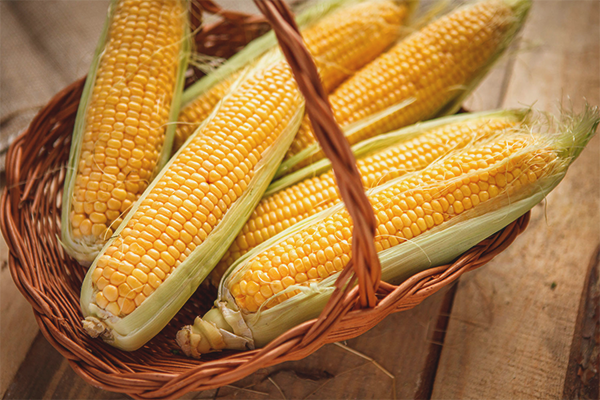
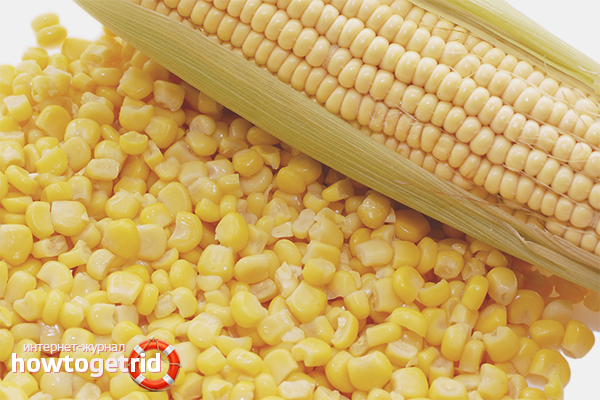




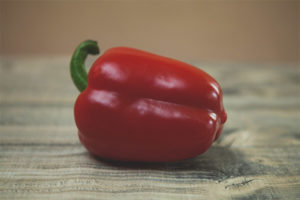

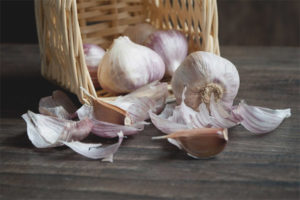

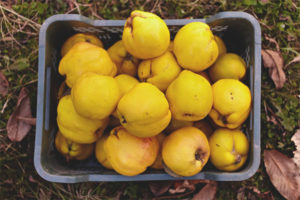
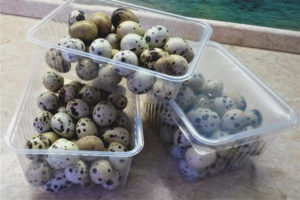
To send